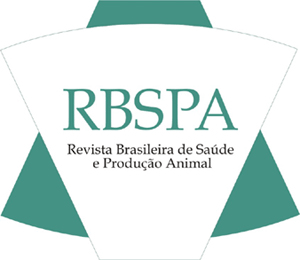Abstract
The objective of this research was to evaluate the nutritive value on elephant grass pastures in two production systems. In the conventional system elephant grass was planted in rows 1.2 m apart from each other. In the organic system elephant grass was planted in rows 3 m apart from each other. In the space between alleys, in cool season, annual ryegrass was seeding; allowing the development of spontaneous growing species in the warm season. It was applied 100kg of N/ha with chemical and organic fertilizers (manure of cattle and pig slurry) in the respective pastures. Holstein cows receiving 0.9% of body weight complementary concentrate feed were used. Hand-plucked samples were collected to analyze chemical composition (mineral matter, organic matter, crude protein and neutral detergent fiber) and digestibility. The experimental design was completely randomized, with two treatments (systems) three replications (paddocks) with repeated measures (seasons). Eight and seven grazing cycles were performed during the experimental period for respective systems. Similar value was found in the chemical composition and digestibility of elephant grass in both pasture systems. The organic as much as conventional pasture systems showed high nutritive value considering the fertilization, management and utilization time.
crude protein; dry matter in situ digestibility; neutral detergent fiber; organic matter in situ digestibility; Pennisetum purpureum Schum

 Dynamic and nutritive value of forage systems submitted to the conventional and organic production
Dynamic and nutritive value of forage systems submitted to the conventional and organic production